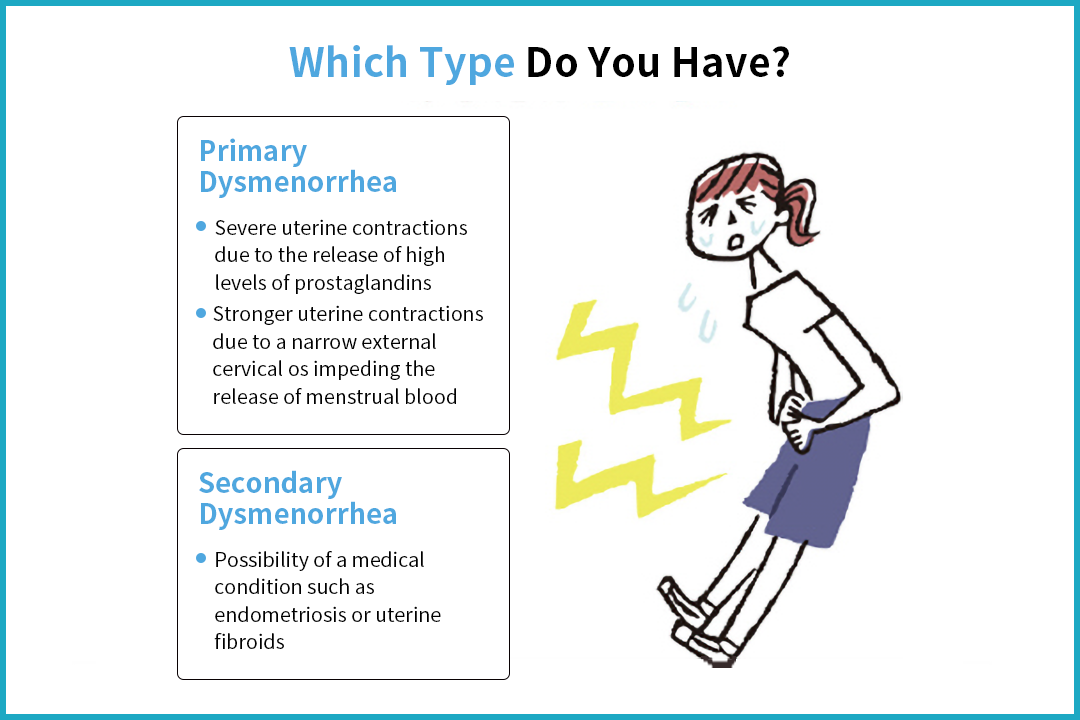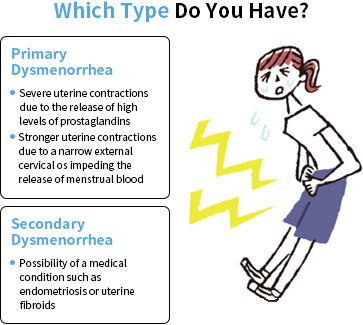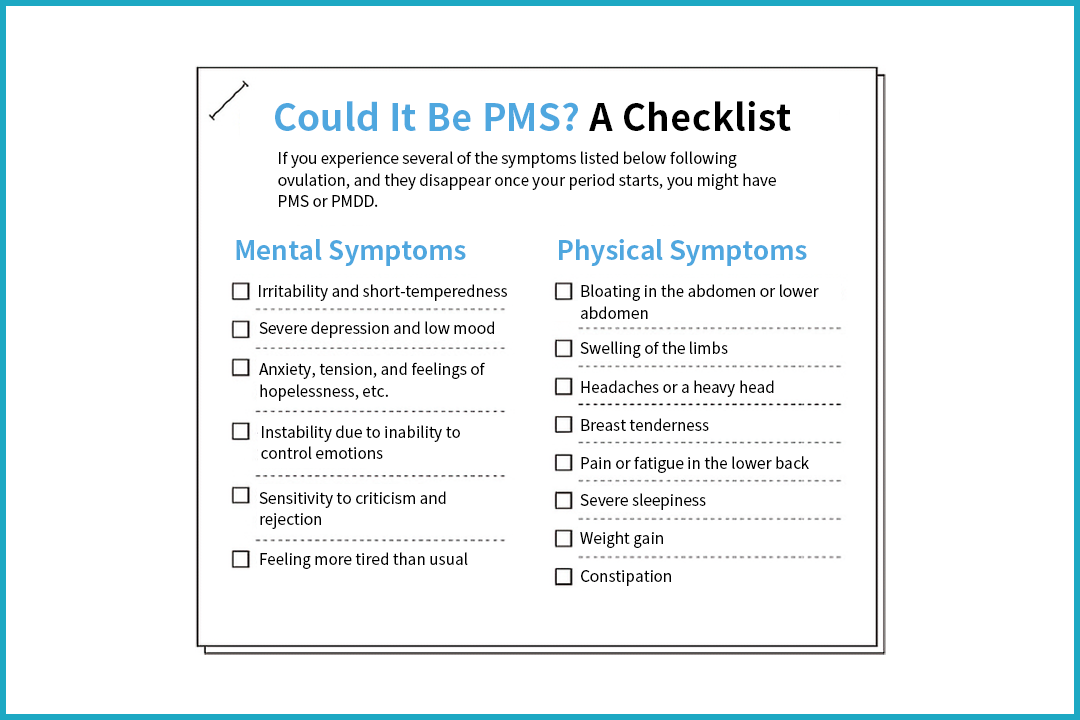
CONDITIONING
Fundamentals of the Menstrual Cycle Why Do We Get Period Pain (Dysmenorrhea)?

Intense Pain Is Caused by Strong Uterine Contractions
Pain Is Particularly Acute During Puberty
Period pain varies from person to person in terms of type and severity. Period pain that is painful enough to impede daily life is known as dysmenorrhea.
Period pain is categorized as either primary dysmenorrhea (occurring in the absence of any particular medical condition) or secondary dysmenorrhea (caused by a medical condition). One of the causes of primary dysmenorrhea can be powerful uterine contractions. In these cases, the release of higher levels of prostaglandins, which prompt contraction of the uterus in order to expel menstrual blood, triggers overly powerful uterine contractions, causing pain.
In teenage girls, the external os (where menstrual blood exits the endocervical canal ) may also be narrow or rigid, resulting in pain when the uterus begins to contract strongly.
Additional causes can include poor circulation in the pelvic area, stress, or the negative effects of hormonal changes.
Analgesics Not Working May Be a Sign of a Condition Such as Endometriosis
“My period started light, then suddenly got heavy,” “the pain gets worse and worse,” “taking medication does nothing”—in cases like these, there may be reason to believe that a medical condition is causing secondary dysmenorrhea.
Among women in their teens and twenties, the most common cause of secondary dysmenorrhea is endometriosis.
If this sounds like something you have experienced, please consult a gynecologist.

